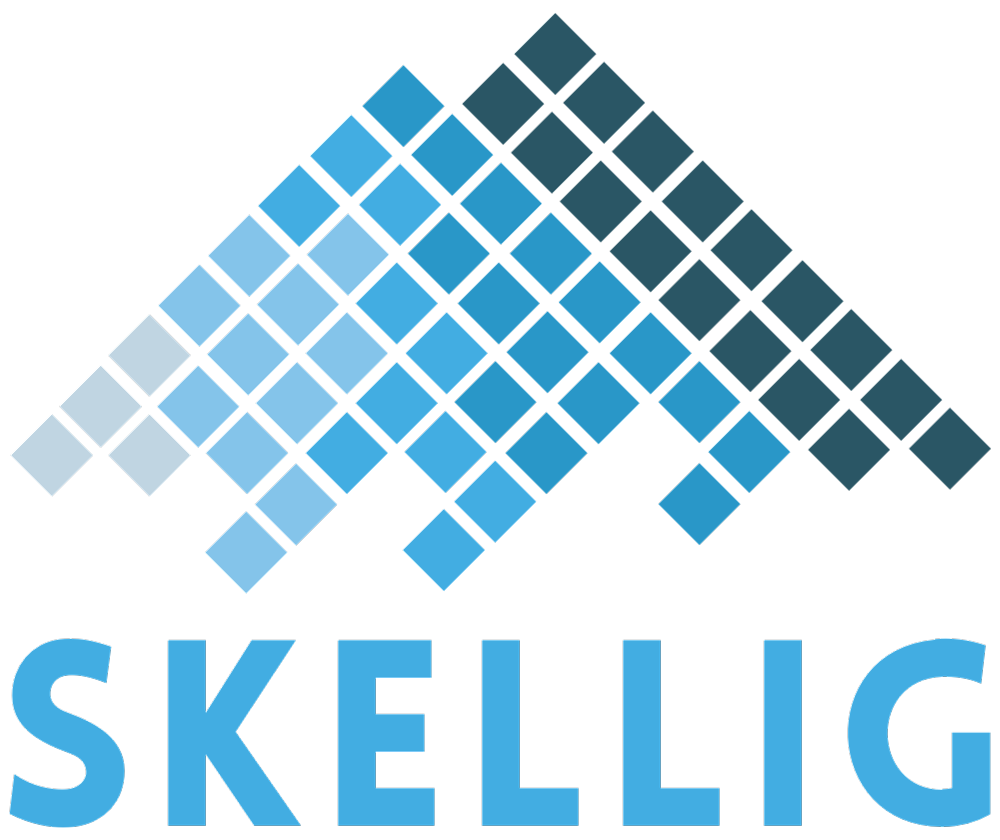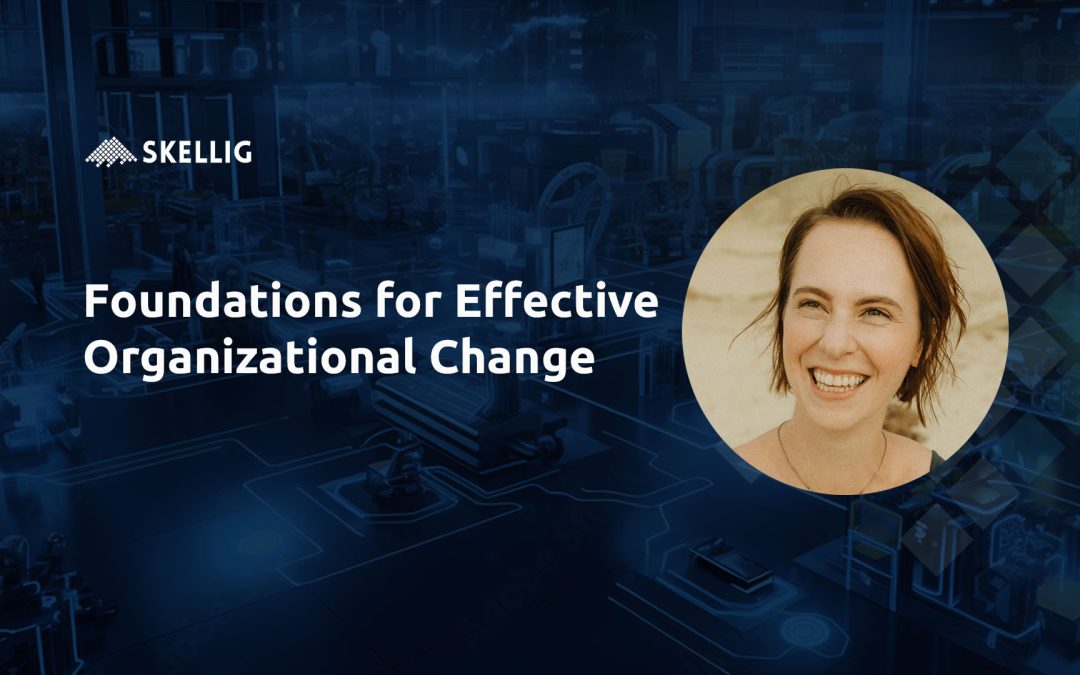Early in my career I was given the incredible opportunity to spend a year in Basel, Switzerland located at the so-called “knee” of the Rhine. Being in the northernmost corner of the country, literally steps away from its borders, the city is heavily influenced by its French and German neighbors. While the French influence is more palpable in the southern regions, the German influence, mostly notably that of mindset and disposition, weaves tightly into the cultural fabric of the north. As such, the Swiss-Germans aren’t exactly known for their spontaneity. Instead, they tend to be planful, prudent, punctual — some might say a bit boring at times — but also, effective.
My first few years in the biotech industry, including my time abroad, focused on Lean / Six Sigma methodology, closely following the Toyota Way. Formal training in operational excellence and continuous improvement taught me not just how to systematically solve a problem, but how to ensure change is sustained beyond project completion. More innately, though, I was born with the gift/curse of hyper-organization. At its best, if the item I’m looking for isn’t in that one spot, I know it doesn’t exist. At its worst, I find it nearly impossible to relax unless everything is planned out and in order – both at home and at work.
In this respect, I felt uniquely at home at my designated Swiss manufacturing site. There was a noticeable difference between Swiss-German run projects and those at the east coast plant I came from: the time spent planning them. Still, there is one problem that often transcends culture and comes down to human nature:
“many leaders, irrespective of background, either severely underestimate the amount of pre-work that any new initiative requires to be successful, or worse, they actively neglect it in favor of quick solutions.”
Julia Szprengiel, Director of Strategy
One example that all organizations can relate to is the selection and implementation of new tools, systems, or platforms. Below are five critical steps to complete before initiating any transition.
1 – Ensure Strategic Alignment
What’s the need, and how does it fit into the overarching strategic vision?
It’s crucial to first understand the context surrounding the need, including its dependencies and broader implications, as well as the strategic and immediate requirements of both end users and the company as a whole. Once the governing team is aligned, members must carefully select the individual best equipped to make the decision based on expertise. The group must trust in the decider’s judgment without enacting vetoes or reversals, except in rare circumstances. This trust assumes alignment with the organization’s values and goals, reinforcing the importance of decision-making in line with company culture.
2 – Engage in Change Management Early & Often
Change management begins on the day you discover a change is needed, not the day you begin making changes. Early and consistent end user involvement is the first key to success and longevity. Those most impacted should be part of ideation, process mapping, requirements gathering, and analysis; your job is then to facilitate and coach the group toward a solution that makes their lives better. People will only use technology that accelerates their work, not one that burdens it. Finally, remember that the most vehement critics can become your loudest champions once you develop buy-in.
3 – Develop Comprehensive Business Process Maps
Business process maps serve as a visual representation of how a process functions and form the foundational element of any technology implementation. They illustrate the sequence of tasks, decision points, and interactions between groups and individuals.
If you think your team already knows the process, I challenge you to ask each person to draw a map and then compare notes. I guarantee you’ll discover differences, varying assumptions, and gaps you were previously blind to.
Creating a process map will get your team on the same page – once you open the dialogue and align, the next step is to identify inefficiencies and redundancies. Fix these before going any further. Until you have a map that correctly represents the process you want to digitize (with its entities, outputs, and functional requirements), keep your energy here!
4 – Clearly Define Roles & Responsibilities
Begin by outlining the purpose of each role at a high level, noting the associated responsibilities, measures of success, decision accountability, and process ownership. Then get more granular and develop a RACI matrix aligning with each process map. Every major process step should be further broken down into its specific, discrete tasks. For each task, assign R (responsible), A (accountable), C (consulted) or I (informed) corresponding to the roles.
Once you have a broader view of responsibilities, you can then define how each type of role will interact with the system in question, and what the expectations are for each person. Be sure to involve both the end users and stakeholders here and validate that everyone is in alignment before considering this step completed. Similar to process mapping, it’s important to be diligent and not rely on assumptions.
5 – Understand Data Requirements
All data should be captured, but metrics – indicators derived from that data – should be selected based on their relevance to organizational goals. Metrics are where data and culture intersect. There are universal measures important to most organizations, but undoubtedly there are some you may specifically want to highlight, deprioritize, or not even display at all based on cultural drivers. What will guide your team, and how will you assess performance? Some metrics measure the effectiveness of individuals, while others measure the effectiveness of a group working together. Different metrics evoke different priorities, which ultimately reflect company values. You need to assess what you define as critical against the culture you’re building.
The above foundational work forms the blueprints for proper decision analysis, implementation, and adoption. Pressure to skip these steps for the sake of faster results will only lead to poor outcomes that may functionally work on the surface but lack sustainability.
It takes diligence, patience, and persistence – and can be a bit boring at times – but also highly effective. Now, I think I’ll go tidy up, and perhaps book some travel while I’m at it.

